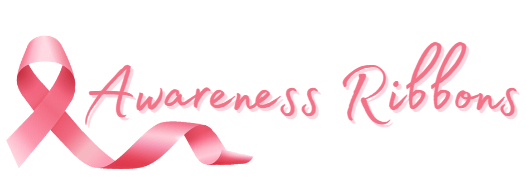A Brief History of Awareness Ribbons: From Yellow Ribbons to Pink Ribbons

Awareness ribbons have become a symbol of hope and unity for various causes around the world. Additionally these small pieces of ribbon have been used to raise awareness and support for various social and health issues, including cancer, AIDS, and autism. This article explores the history of awareness ribbons and how they became a powerful symbol of advocacy and solidarity.
The Origins of Awareness Ribbons
The tradition of using ribbons to signify support for a particular cause can be traced back to medieval times. Knights would wear ribbons or handkerchiefs to signify their loyalty to their lady loves. In the 19th century, the tradition of tying a yellow ribbon around a tree or a post was a way of welcoming home soldiers from battle.
The Modern Era of Awareness Ribbons
The modern era of awareness ribbons began in the United States during the Iran Hostage Crisis in 1979. Penney Laingen tied a yellow ribbon around a tree to symbolize her husband’s safe return from captivity. This act inspired the popular song, “Tie a Yellow Ribbon Round the Ole Oak Tree,” which was released in 1973.
In 1991, the red ribbon became a symbol for AIDS awareness. Subsequently other coloured ribbons emerged to signify various social and health issues. The pink ribbon, which signifies breast cancer awareness, became one of the most recognizable awareness ribbons in the world.
The Significance of Awareness Ribbons
Awareness ribbons have become a powerful symbol of hope, support, and unity for those affected by various causes. Similarly these small pieces of ribbon are often worn as a way to show solidarity and raise awareness for a particular issue. By wearing an awareness ribbon, individuals can express their support for a cause and encourage others to take action.
The Future of Awareness Ribbons
As a result, awareness ribbons continue to evolve and become more popular. it’s essential to remember their significance and power. These small pieces of ribbon have the potential to make a significant impact on individuals and communities. With social media and online platforms, it’s easier than ever to share awareness ribbons and promote various causes.
In conclusion, awareness ribbons have a rich history and have become a symbol of hope and unity for various causes. From yellow ribbons to pink ribbons, these small pieces of ribbon have evolved to become a powerful symbol of advocacy and solidarity. As we move forward, it’s essential to remember the significance of awareness ribbons and the potential they have to make a difference. Let’s continue to wear our ribbons with pride and raise awareness for the causes that matter to us.
Cool Fact:
The Unicode character standard has a “reminder ribbon” character (🎗️) at code point U+1F397. No colour is specified for it, and platforms vary in its presentation; it can appear yellow, blue, or red depending on the device or software in which it is viewed.
Source: Wikipedia





